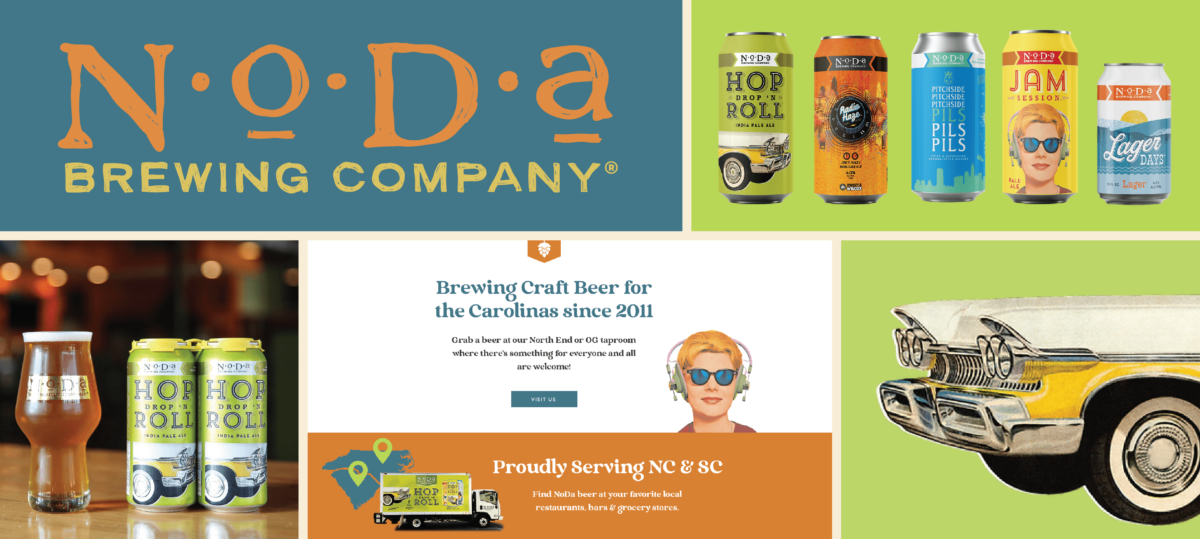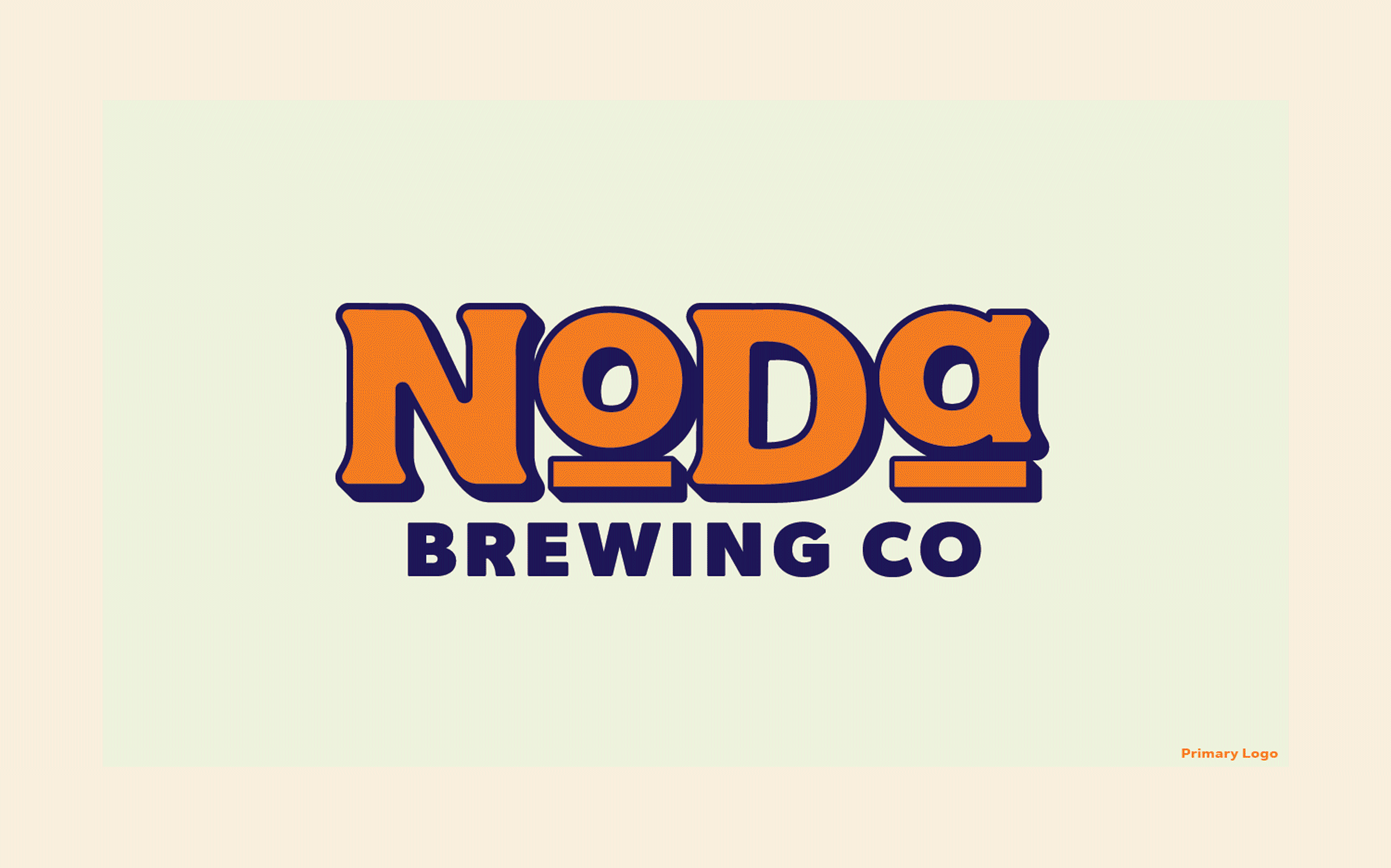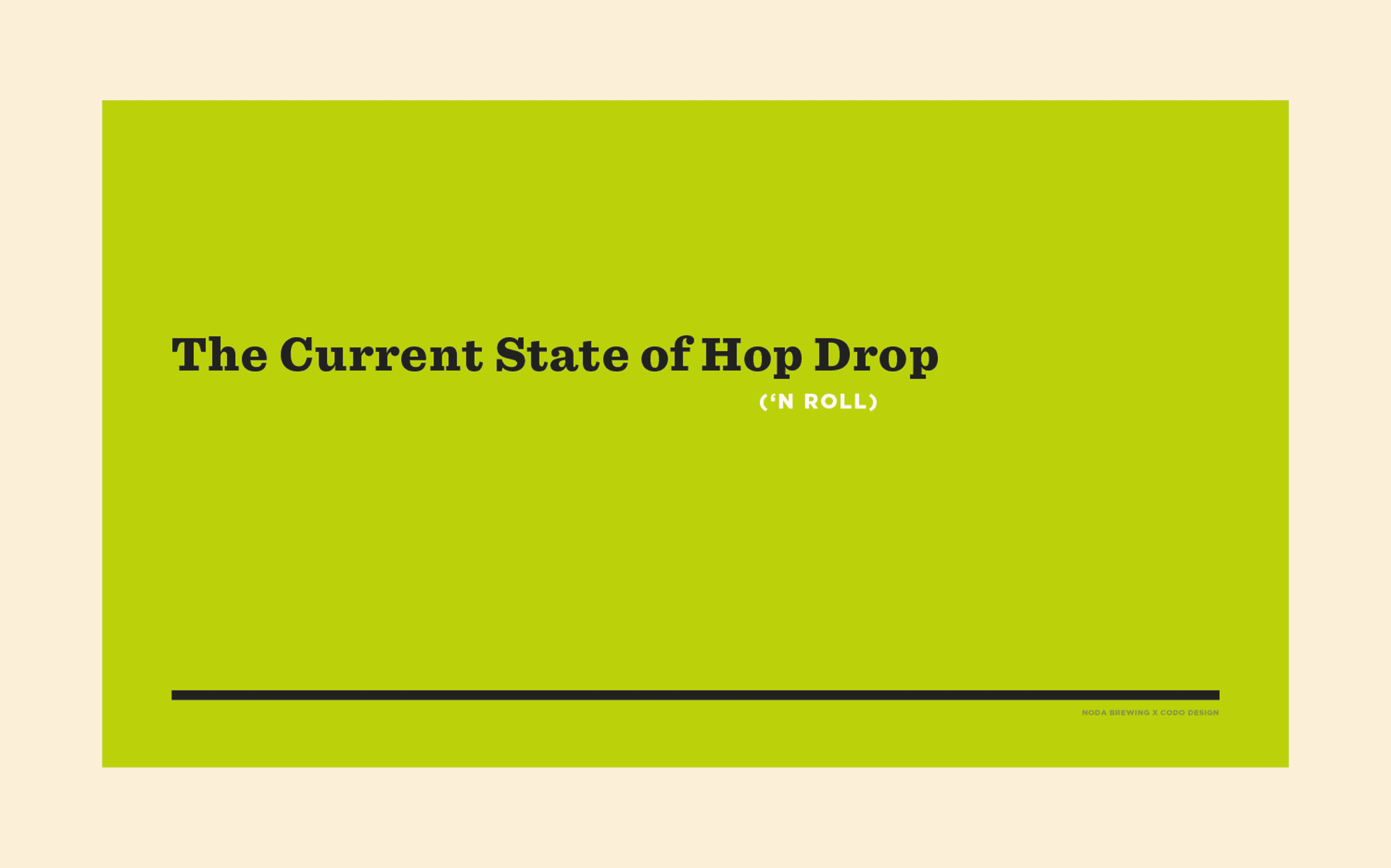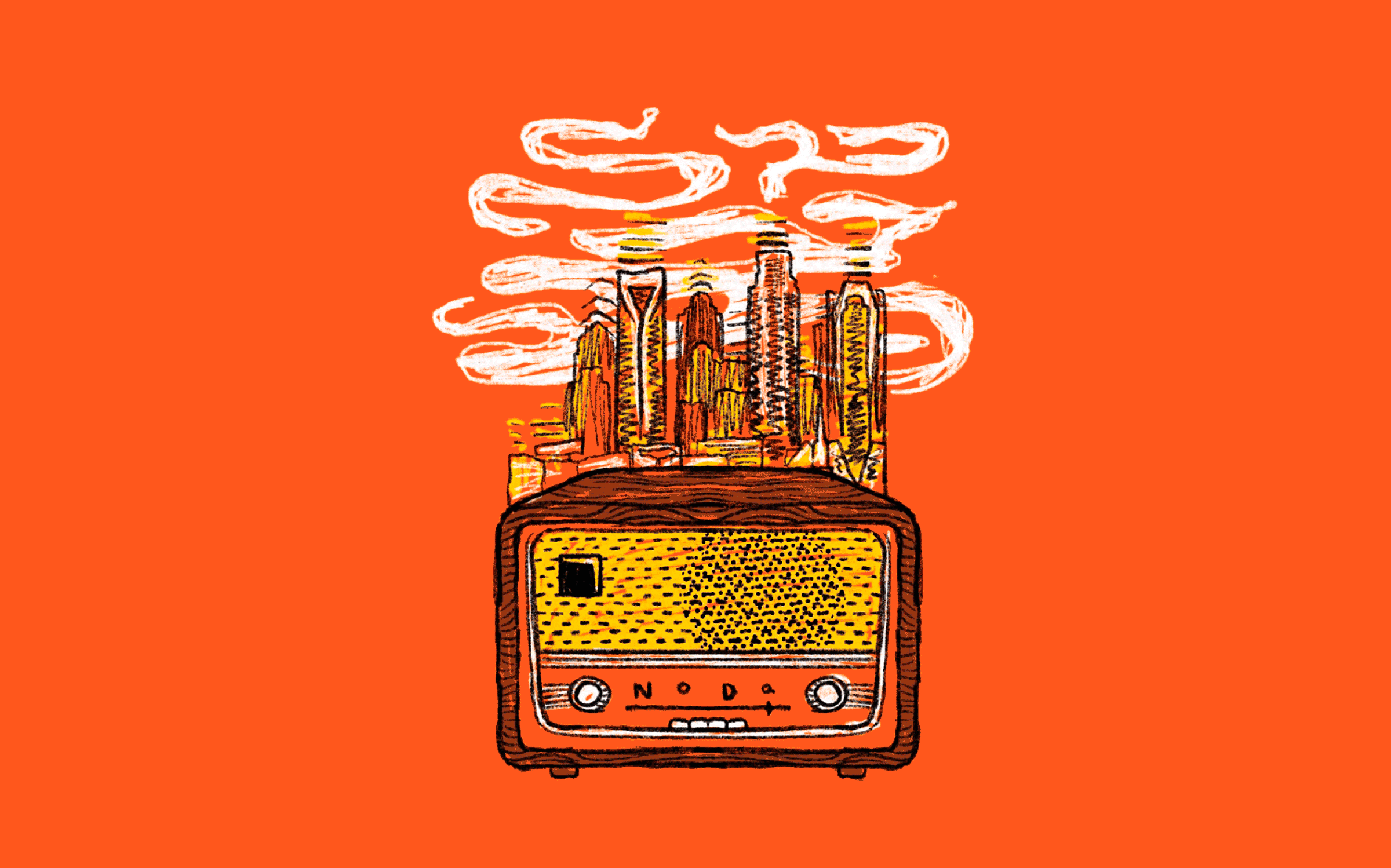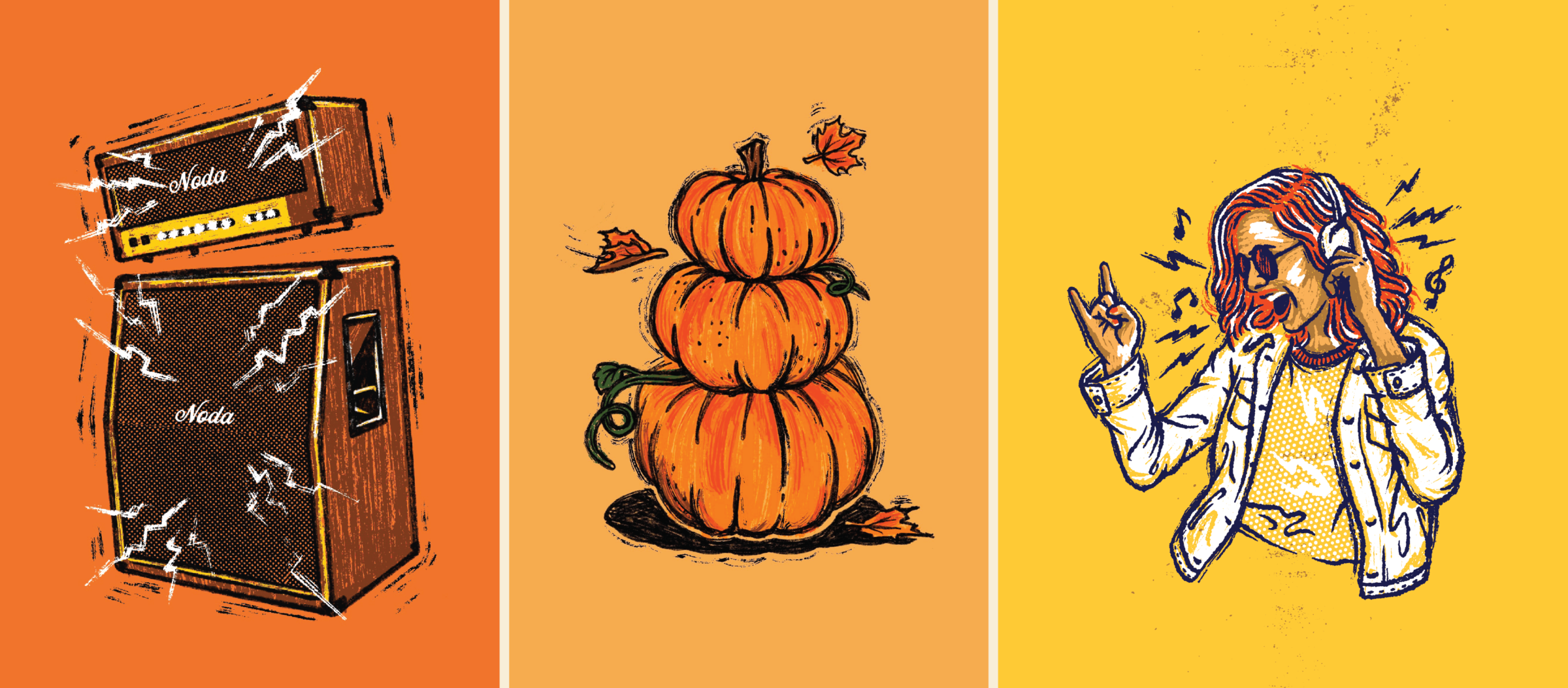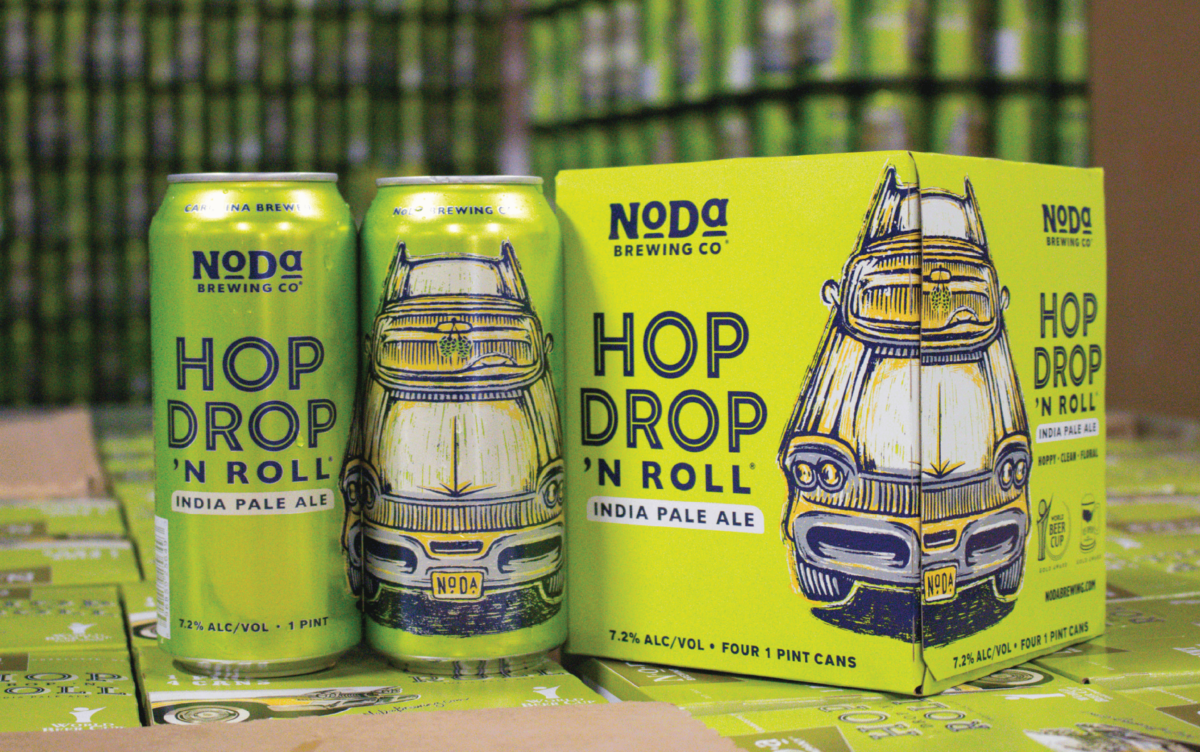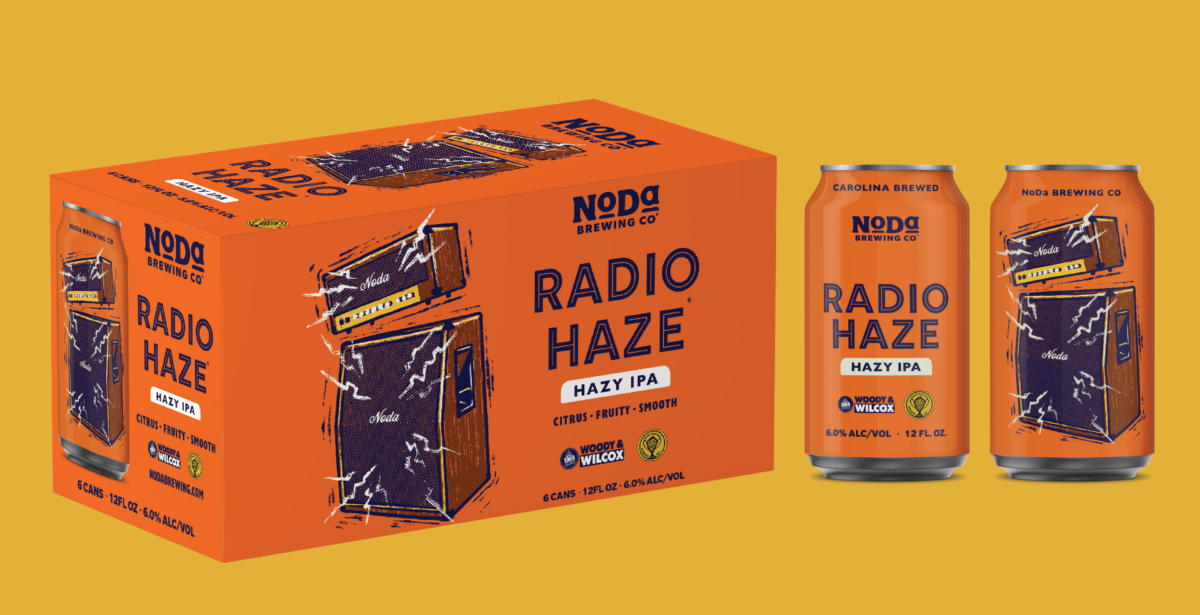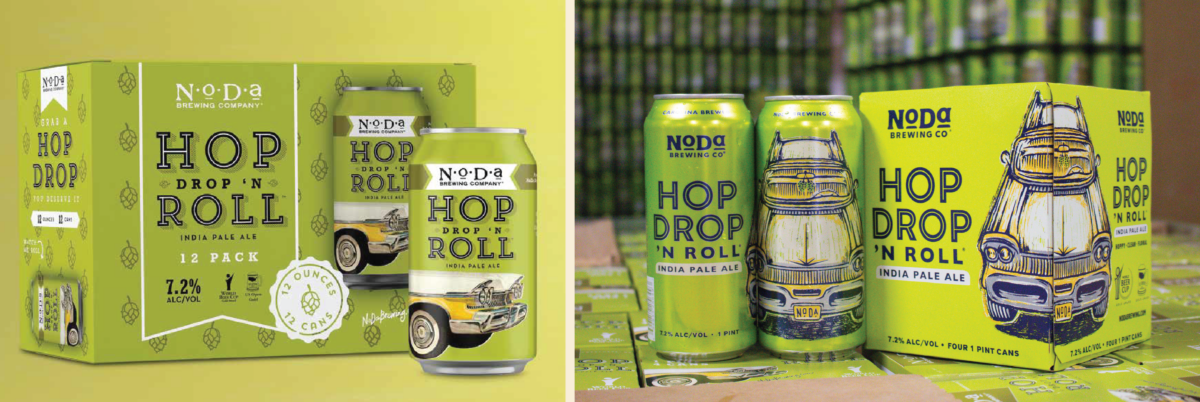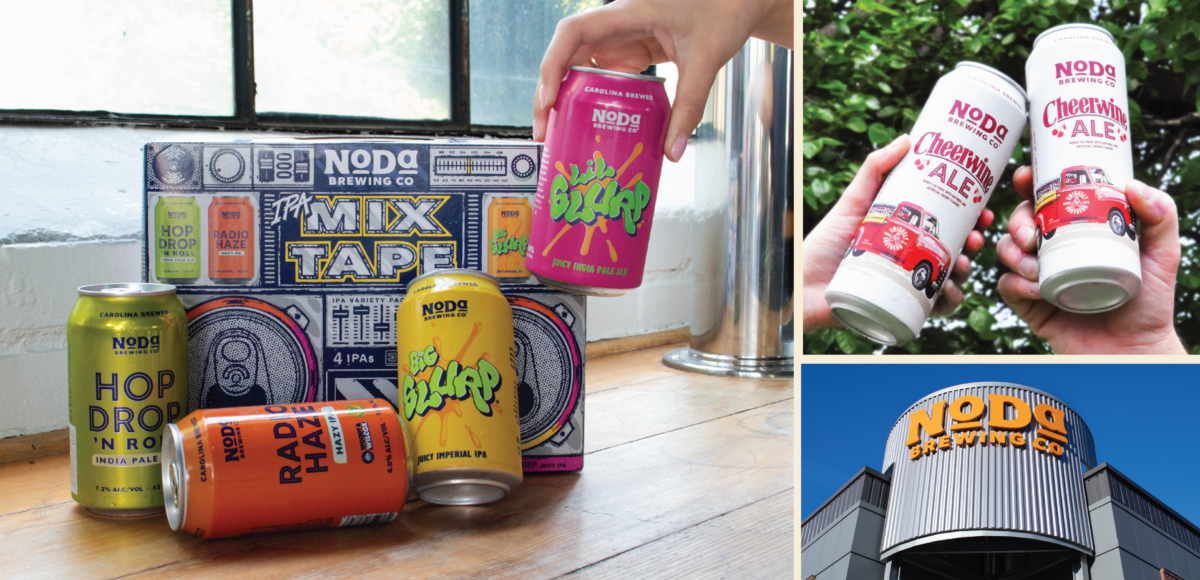The situation on the ground (a handful of problems)
1. A shifting meaning of the NoDa name
NoDa was founded in the North Davidson neighborhood in Charlotte (hence, NoDa). Or technically, the brewery was founded near the NoDa neighborhood.
If you want to get really pedantic technical—they’re about a block from the *officially* defined neighborhood border.
And as they’ve continued to expand, opening additional production facilities and taprooms, being tied to a specific neighborhood became less important.
Overtime, the NoDa name has come to reflect more of the breweries core values (and how they overlap with the broader neighborhood itself) than a particular neighborhood or street.
In Jacob’s words:
“What NoDa stands for aligns with the ethos of our brewery and is a big reason why we wanted to refresh the brand. Being the arts district, NoDa has always been an inclusive, creative and edgy spot.
Our approach to beer, our brand and our taproom has always been to create a quality experience and product that is welcoming and approachable for people from all walks of life.
Beer is our art; regardless of whether or not we’re still on North Davidson street.
As our brand aged we felt that it had lost some of the edgy / artsiness that NoDa is known for and we wanted to bring that back by emphasizing street art style illustrations on the packaging.”
2. Stock illustrations & dated visuals
NoDa has used stylized 1950’s illustrations across their packaging for years.
This Mid-Century aesthetic was very on trend back in the early 2010s.
In 2024, it just feels dusty (and not at all aligned with the exciting things happening at NoDa).
Another issue on this front is that some of NoDa’s primary imagery—including their best selling Hop Drop brand—is comprised of stock illustration that anyone can buy online. And they’ve built several major brands around these assets.
This means that any other business, including a brewery, can use the same assets on their packaging.
The takeaway here is that you shouldn’t build your identity around stock assets. You can’t police any of it from an IP standpoint, and you can’t build any unique visual equity either.
Using stock assets in your identity will always be a liability.
3. Charlotte as a rapidly changing community
Two breweries existed in Charlotte when NoDa opened shop in 2011.
Today, there are more than 100.
In that span of time, each new brewery opening meant more niche, more hyper-local and more on-trend craft beer hitting the market.
And elder outfits like NoDa inevitably were seen as less novel and less (for lack of a better word) relevant.
All of this lead to NoDa being regarded as….
4. “Grocery store beer”
NoDa came out swinging and found early success (particularly with their renowned Hop Drop ’n Roll IPA).
That brand—awarded best IPA in the world back in 2014—allowed their beer to become ubiquitous throughout Charlotte, and eventually North and South Carolina.
Today, NoDa is widely regarded as making some of the best beer in a state that’s lousy with great beer.
But, in a weird quirk that plagues anything just outside of the mainstream (music, art, film, fashion), NoDa’s success cuts both ways.
In our field work and interviews, we heard people pejoratively describe NoDa as “Grocery Store Beer,” as in, NoDa isn’t authentic, local, independent (capital C) Craft Beer anymore.
(Your reward for blazing a trail in a market is that you get punished for being successful. Great.)
Jacob had an interesting perspective on this in our podcast (this topic starts around the 14:30 mark).
He views being carried in grocery stores and chains as a signal that you’re reliable—that your brand can be depended upon to deliver. Every time.
(I agree with this, for the record.)
But Jacob and I don’t speak for the broader North Carolina beer drinker.
So the challenge remains: How can NoDa stay relevant while continuing to grow and build a successful business?

